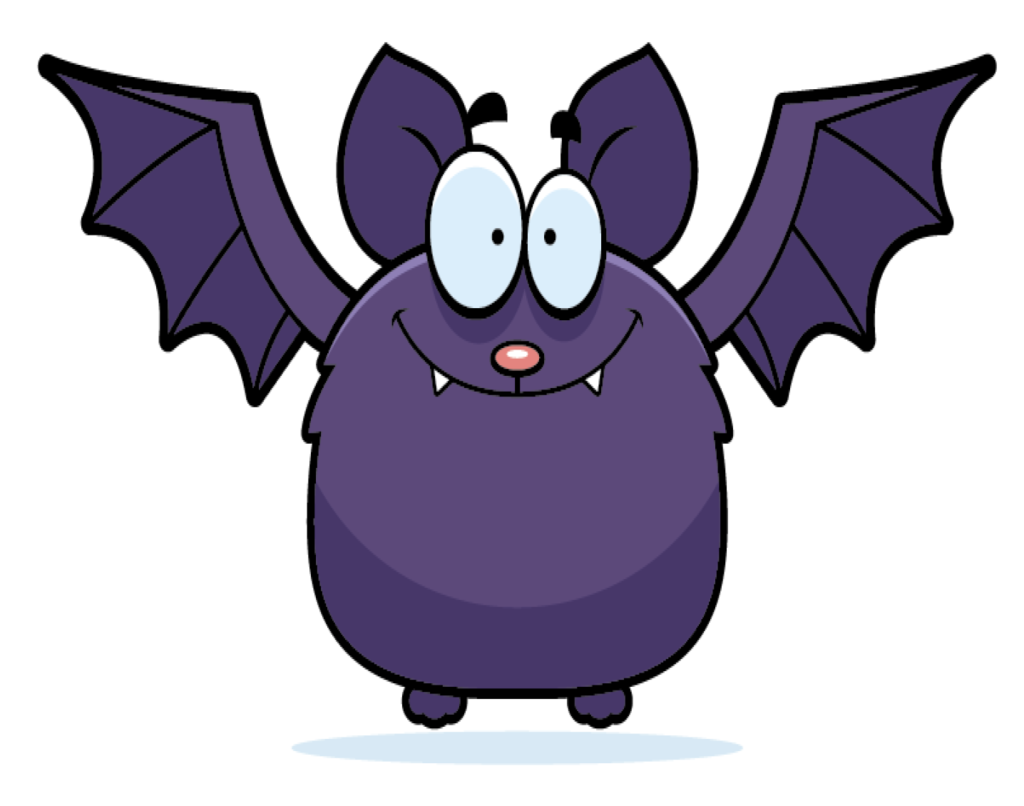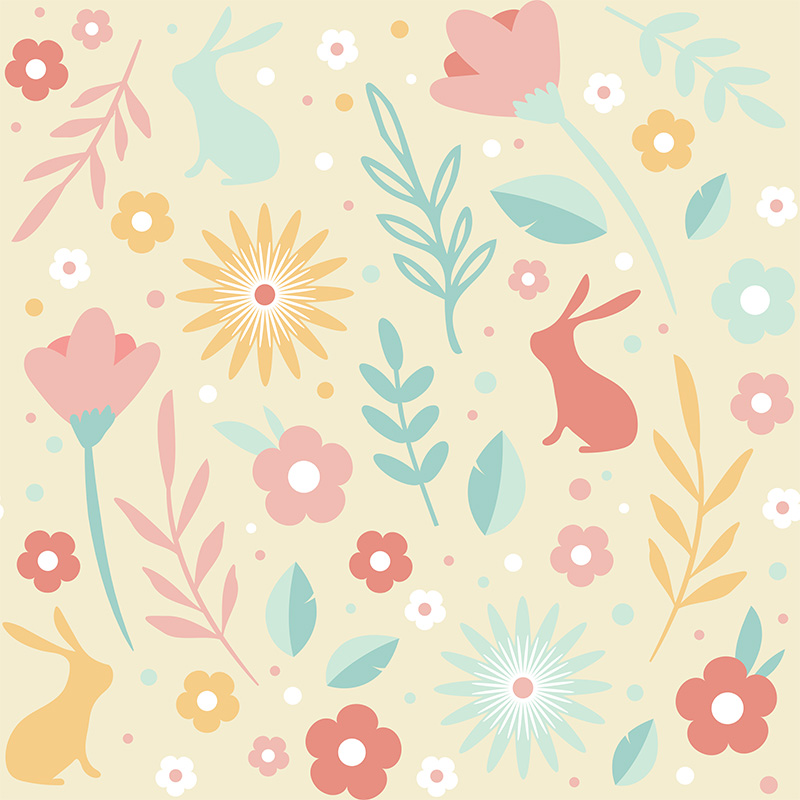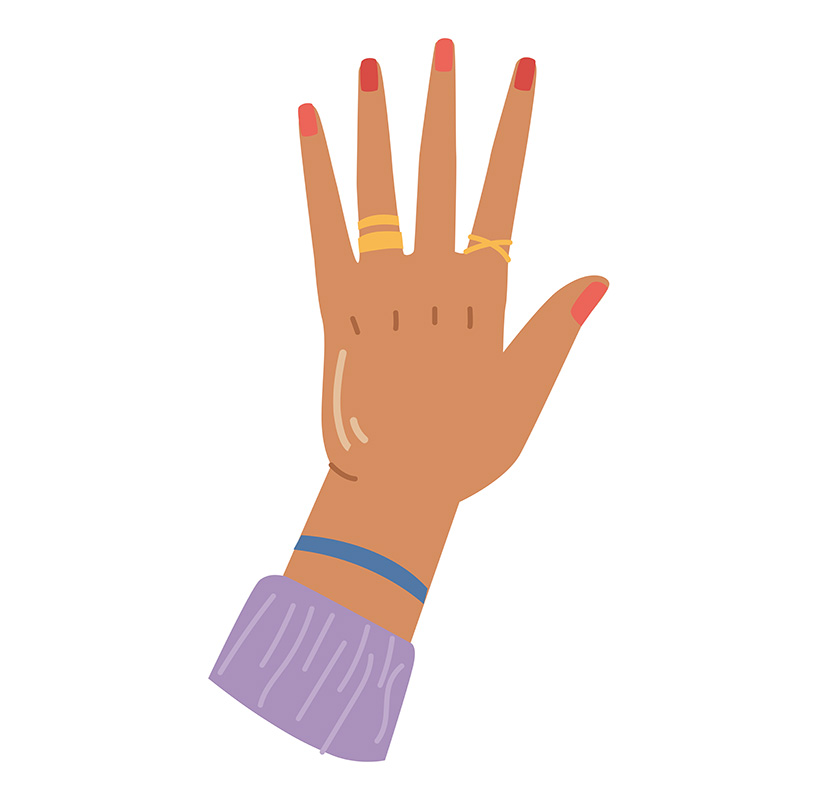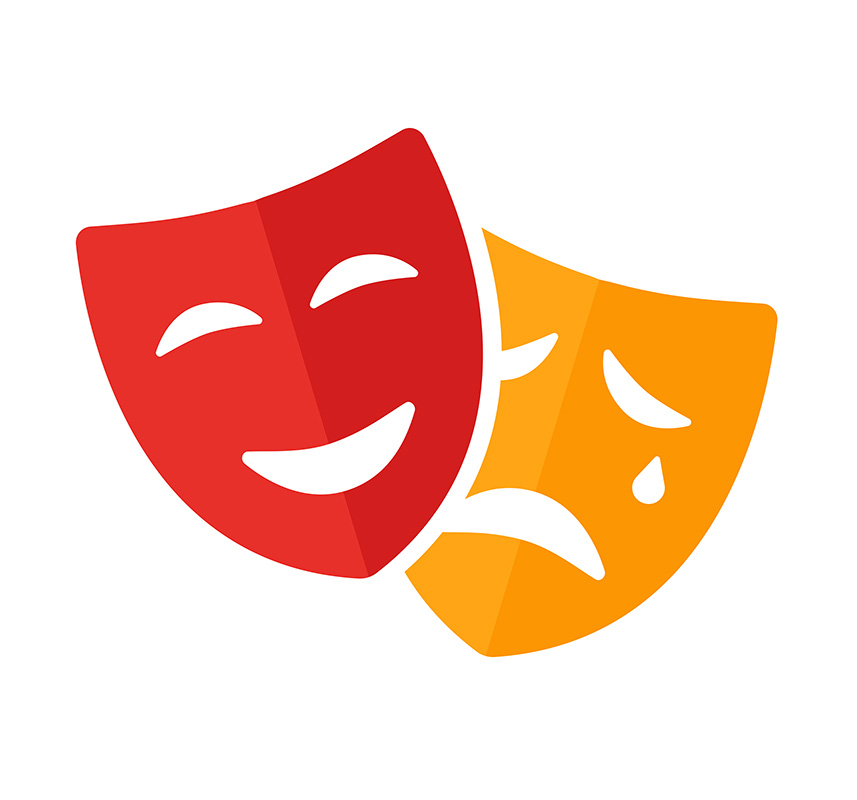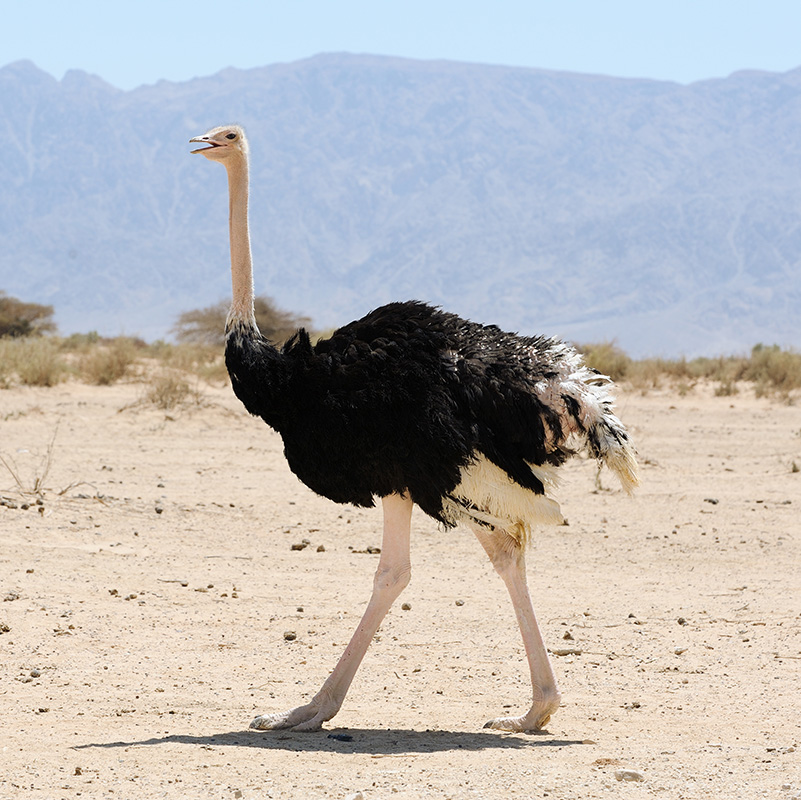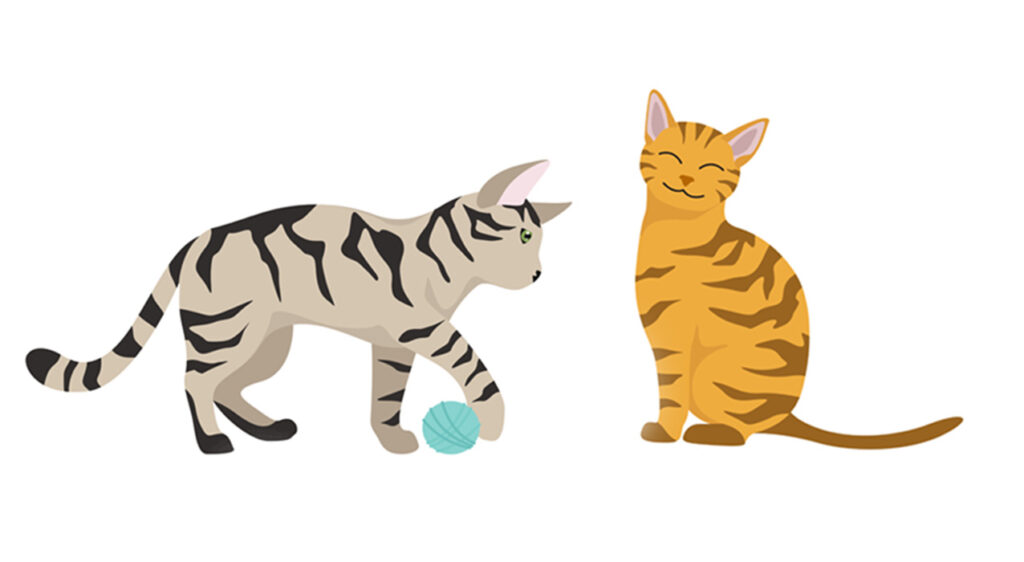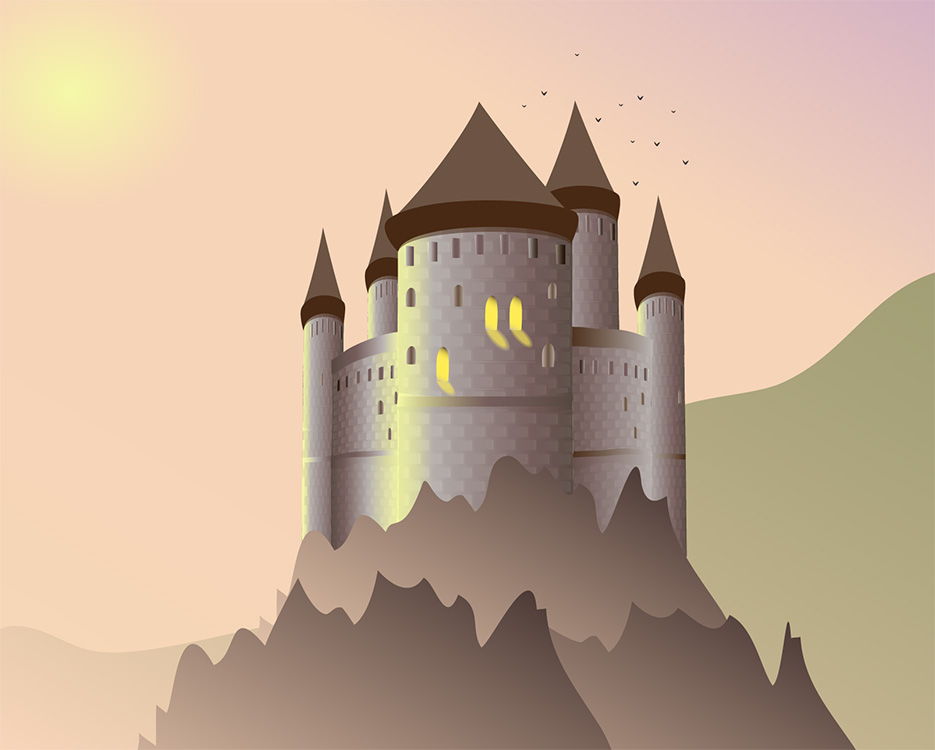by T. Marie Nantais

If you’ve read any of Knowonder’s short stories, then you know there is a feature at the end of each one called “Question Time.” These are usually three to five age appropriate questions about the story that kids can quickly recall and answer. It has always been extremely popular with both kids and their parents. Even though most children’s books don’t come with their own “Question Time,” parents can easily incorporate it on their own—you don’t even have to relate it to a book!
You can ask as few or as many questions as you want, although a long list can start to diminish some of the children’s interest. It all depends on age and the children’s attention span. What’s wonderful about questions is that they can cover any topic: sports, animals, astronomy, geography, vegetable or famous authors. The list is endless. The questions often open up doors for discussion on the topic involved and, in turn, leads the children to seek out information via the Internet or the library. It gets them reading! That’s the great part and the most significant.
Oftentimes, I start off explaining a little bit about the topic, and I may even provide a couple of references, such as a book title or a website address. Sometimes, I begin the quiz asking the children about the topic, and I ask them to share what they know about it or what they wish to know. Classical writers, poems, and stories are great subject matters. There are moments when an eager child tilts his or her head to the side and says, “Who’s Wordsworth? Who’s Dickinson?” I enthusiastically reply, “Oh just wait and see!” As mentioned earlier, topics of all kinds can be used and I never seem to run out.
Questions are great right after reading a story. However, there are other times you can engage children, such as a car trip, a family dinner, and even while taking a walk. The important fact to remember is to promote further reading after the questions are done. If possible, a trip to the local library can follow it up or a plan to go in the near future. Is there an encyclopedia hiding around the house? Seek it out and see if the topic is in there!
To pique children’s interest, try to narrow a topic down. For example, if the topic is about Emily Dickinson, then research something significant about her or her poetry, such as how many poems did they find of hers after she died or what was her dog’s name? Fascination is often a key to literacy.
Here’s an example of questions you might ask a 3-5 year old–and don’t be afraid to throw in some humor. Kids love that! You could ask after reading Curious George or you could ask them before and tell your child to listen for the answers:
1. Curious George’s best friend always wears a hat. What color is his hat?
a) red
b) yellow
2. What does Curious George’s best friend often wear around his neck?
a) a boa constrictor
b) a neck tie
3. Does Curious George like to eat popcorn and visit the zoo?
a) yes
b) no
4. What color is Curious George?
a) brown
b) green
5. Does Curious George talk?
a) yes
b) no
Answer Key:
1. b
2. b
3. a
4. a

